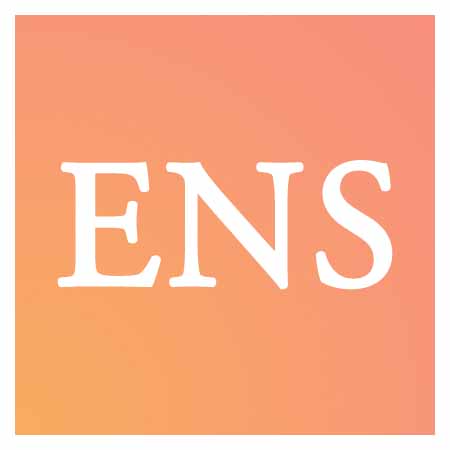Treatment of Empty Nose Syndrome
 Empty Nose Syndrome (ENS) is a serious complication that is most often associated with excessive resection or insufficient healing of the nasal turbinate tissue after surgical intervention to reduce symptoms of nasal obstruction.
Empty Nose Syndrome (ENS) is a serious complication that is most often associated with excessive resection or insufficient healing of the nasal turbinate tissue after surgical intervention to reduce symptoms of nasal obstruction.
Jason Talmadge, MD, assistant professor in the Department of Otorhinolaryngology-Head and Neck Surgery at McGovern Medical School at UTHealth Houston notes, “the current consensus among surgeons favors less aggressive reduction of turbinate tissue during turbinectomy; however, some surgeons still favor a more aggressive turbinate surgery.”
Despite the shift in practice patterns, radical turbinate reduction procedures still occur. Dr. Talmadge notes that the field still needs to make efforts to reduce these procedures, “the best way to do this is drive the awareness that turbinate reduction can achieve its stated goal of improved nasal breathing without radical resection of otherwise normal turbinates.” In many instances, prevention is not an option as aggressive turbinate resection has already been performed.
Dr. Talmadge collaborated with two physicians from the Department of Otorhinolaryngology, Dr. Martin J. Citardi, MD, and Dr. William Yao, MD. The publication, titled “Management of Postsurgical Empty Nose Syndrome,” was published in the journal Facial Plastic Surgery. In the article, the authors highlighted that ENS is underreported. Dr. Talmadge explains, “patients with ENS will report symptoms of obstruction, but when a physician looks in the nose, it appears ‘open;’ thus, the symptoms are dismissed as meaningless, or worse, the patient may get another turbinate surgery. The problem is that the sensation of obstruction is paradoxical; the nose looks open, but the patient reports obstruction. As ENT surgeons, we need to look for ENS to find it.” After a surgeon suspects ENS, the next step is to perform a cotton test, which can be done during a regular office visit. During the cotton test, the surgeon will place small pieces of cotton into regions where turbinate tissue has been removed. When the patient reports an improved perception of nasal airflow, that response confirms a positive cotton test. If the nasal airflow seems to worsen, then the cotton test is negative.
Dr. Talmadge notes that initial medical therapy focuses on moisturization of the nasal lining with saline sprays and emollients. In addition, he adds, “application of products with menthol offers some theoretical advantages, but this treatment has not been fully validated. If these medical measures provide relief, there is little reason to pursue turbinoplasty; however, if these steps are not successful, turbinoplasty is the next step.”
To ensure good long-term results after turbinoplasty, Dr. Talmadge emphasizes that surgeons need to provide “bulk” in the area where the turbinate tissues are deficient, so that the results mimic a normal turbinate. He observes “the cotton test can help surgical planning, since the placement of the cotton indicates those areas of the lateral nasal wall that need the bulk. The ideal grafting material also should be incorporated into the turbinate submucosal stroma so that the bulk persists long-term.”
“We need to highlight ENS as a direct complication of overly aggressive turbinate resection, since a surgeon may not make this connection if they no longer see the patient when the complication develops,” explains Dr. Talmadge. Importantly, the cotton test can confirm the ENS diagnosis and then guide turbinoplasty procedures. “For a long time, it was believed that little could be done to improve the symptoms of ENS, but today turbinoplasty, guided by the cotton test, can help many ENS patients,” Dr. Talmadge emphasizes.
References
Talmadge, J., Nayak, J. V., Yao, W., & Citardi, M. J. (2019). Management of Postsurgical Empty Nose Syndrome. Facial Plast Surg, 27(4), 465-475. doi.org/10.1016/j.fsc.2019.07.005